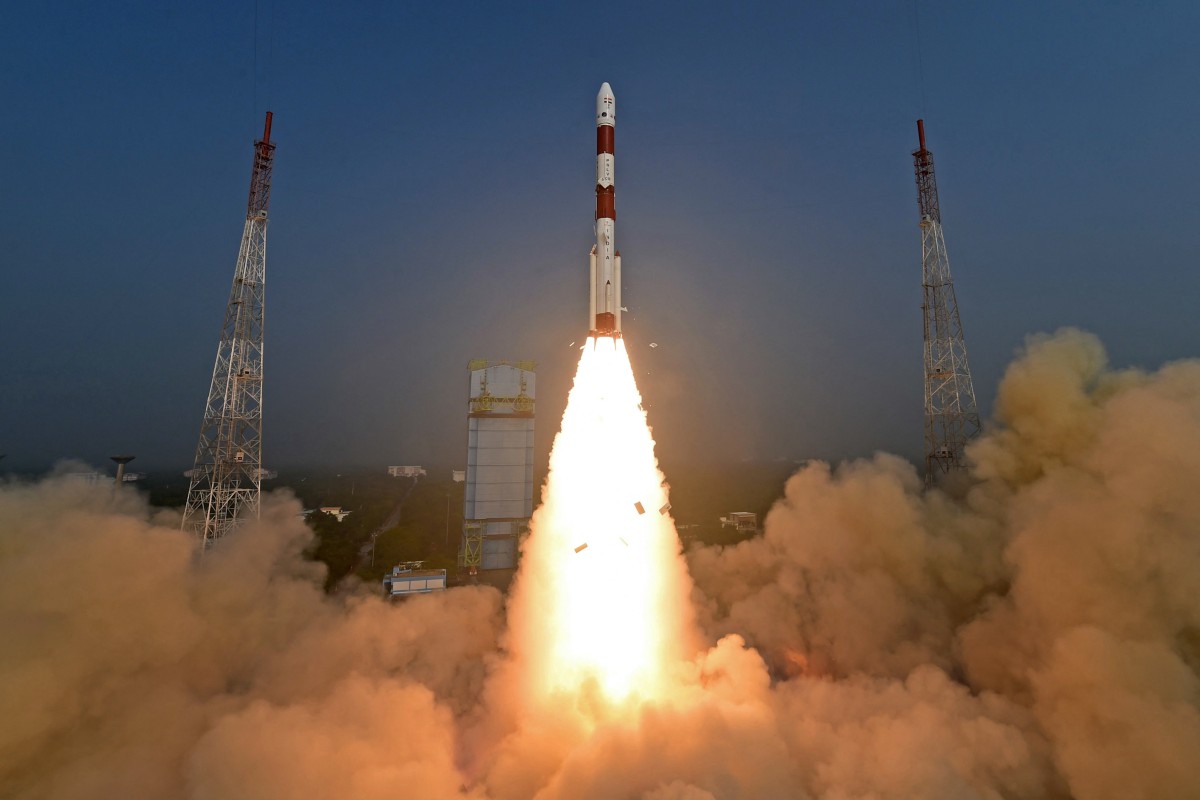New Delhi, India – India’s solar observation mission on Saturday entered the Sun’s orbit after a four-month journey, the latest success for the space exploration ambitions of the world’s most populous nation.
The Aditya-L1 mission was launched in September and is carrying an array of instruments to measure and observe the Sun’s outermost layers.
India’s science and technology minister Jitendra Singh said on social media that the probe had reached its final orbit “to discover the mysteries of Sun-Earth connection”.
The United States and the European Space Agency have sent numerous probes to the center of the solar system, beginning with NASA’s Pioneer program in the 1960s.
Japan and China have both launched their own solar observatory missions into Earth’s orbit.
But the latest mission by the Indian Space Research Organization is the first by any Asian nation to be placed in orbit around the Sun.
Prime Minister Narendra Modi hailed it as yet another “landmark” in the country’s space program.
“It is a testament to the relentless dedication of our scientists,” he said on social media.
“We will continue to pursue new frontiers of science for the benefit of humanity.”
Aditya, named after the Hindu Sun deity, has traveled 1.5 million kilometers (932,000 miles) from the Earth — still only one percent of the distance between humanity’s home planet and the star at the center of our solar system.
It is now at a point where the gravitational forces of both celestial bodies cancel out, allowing it to remain in a stable halo orbit around the Sun.
The orbiter, which reportedly cost $48 million, will study coronal mass ejections, a periodic phenomenon that sees huge discharges of plasma and magnetic energy from the Sun’s atmosphere.
These bursts are so powerful they can reach the Earth and potentially disrupt the operations of satellites.
The mission also aims to shed light on the dynamics of several other solar phenomena by imaging and measuring particles in the Sun’s upper atmosphere.
India has a comparatively low-budget space program, but one that has grown considerably in size and momentum since it first sent a probe to orbit the Moon in 2008.
In August last year, India became the first country to land an uncrewed craft near the largely unexplored lunar south pole, and just the fourth nation to land on the Moon.
India became the first Asian nation to put a craft into orbit around Mars in 2014, and it is slated to launch a three-day crewed mission into Earth’s orbit later this year.
It also plans a joint mission with Japan to send another probe to the Moon by 2025 and an orbital mission to Venus within the next two years.








